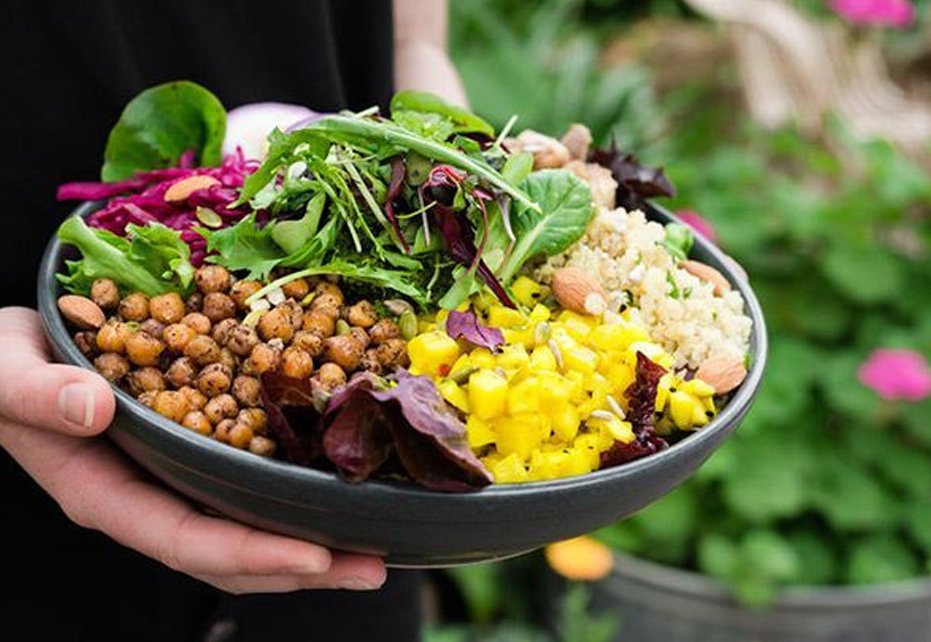
Vegan Meal Planning: A Guide to a Delicious and Nutritious Plant-Based Diet
Vegan Meal Planning: A Guide to a Delicious and Nutritious Plant-Based Diet
Are you considering transitioning to a vegan lifestyle or looking to incorporate more plant-based meals into your diet? Vegan meal planning is a great way to ensure you’re getting all the necessary nutrients while enjoying delicious and satisfying meals. In this guide, we’ll walk you through the basics of vegan meal planning and provide you with some helpful tips and ideas to get you started. Learn about the benefits of a plant-based diet, how to assess your nutritional needs, plan your meals, and create balanced vegan meals. Find inspiration with meal ideas and start your journey towards a healthier and more sustainable lifestyle.
Are you considering transitioning to a vegan lifestyle or looking to incorporate more plant-based meals into your diet? Vegan meal planning is a great way to ensure you’re getting all the necessary nutrients while enjoying delicious and satisfying meals. In this guide, we’ll walk you through the basics of vegan meal planning and provide you with some helpful tips and ideas to get you started.
Why Choose a Plant-Based Diet?
Before we dive into the specifics of vegan meal planning, let’s take a moment to explore the benefits of a plant-based diet. Not only does a vegan lifestyle have a positive impact on animal welfare and the environment, but it also offers numerous health benefits. Research suggests that a well-planned vegan diet can help lower the risk of heart disease, certain types of cancer, and even promote weight loss.
Getting Started with Vegan Meal Planning
1. Assess Your Nutritional Needs: Before you begin planning your meals, it’s important to understand your nutritional needs. A balanced vegan diet should include a variety of fruits, vegetables, whole grains, legumes, nuts, and seeds. Make sure you’re getting enough protein, iron, calcium, vitamin B12, and omega-3 fatty acids, which are commonly found in animal products.
2. Plan Your Meals: Start by creating a weekly meal plan. Consider your schedule, preferences, and dietary requirements. Look for vegan recipes online or invest in a vegan cookbook for inspiration. Plan your meals around seasonal produce to ensure maximum freshness and flavor.
3. Stock Up on Staples: Build a pantry stocked with vegan staples like whole grains (quinoa, brown rice), legumes (beans, lentils), nuts and seeds (almonds, chia seeds), and plant-based milk alternatives (soy milk, almond milk). Having these essentials on hand will make it easier to whip up delicious vegan meals.
4. Batch Cooking and Meal Prep: Save time and effort by batch cooking and meal prepping. Prepare larger quantities of grains, beans, and roasted vegetables that can be used in multiple meals throughout the week. Portion out your meals and store them in individual containers for easy grab-and-go options.
Creating Balanced Vegan Meals
1. Include a Variety of Colors: Aim to include a rainbow of fruits and vegetables in your meals. Different colors indicate different nutrients, so by incorporating a variety, you’ll ensure you’re getting a wide range of vitamins, minerals, and antioxidants.
2. Focus on Protein Sources: While it’s a common misconception that vegans struggle to get enough protein, there are plenty of plant-based sources available. Include foods like tofu, tempeh, seitan, legumes, quinoa, and hemp seeds in your meals to meet your protein needs.
3. Don’t Forget Healthy Fats: Incorporate sources of healthy fats into your meals, such as avocados, nuts, seeds, and olive oil. These fats are essential for brain health, hormone production, and nutrient absorption.
4. Experiment with Flavors and Textures: Don’t be afraid to get creative in the kitchen. Experiment with different herbs, spices, and cooking methods to add flavor and texture to your meals. Try roasting, grilling, or sautéing your vegetables for a delicious twist.
Meal Ideas and Inspiration
Still unsure where to start? Here are some meal ideas to get you inspired:
– Quinoa salad with roasted vegetables and a lemon tahini dressing
– Spaghetti with marinara sauce and vegan meatballs made from lentils and mushrooms
– Chickpea curry with brown rice and naan bread
– Vegan Buddha bowl with mixed greens, roasted sweet potatoes, avocado, and a tahini dressing
– Black bean tacos with homemade guacamole and salsa
Remember, vegan meal planning is all about creativity and finding what works best for you. Don’t be afraid to try new recipes, experiment with flavors, and enjoy the journey towards a healthier and more sustainable lifestyle.

